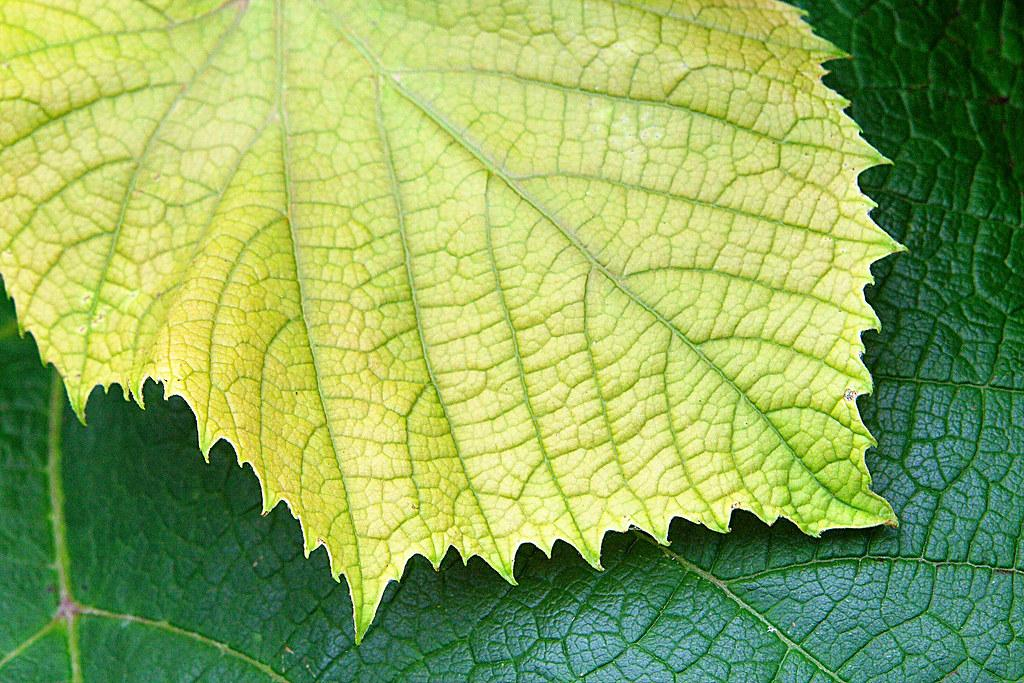
What is Reticulate Venation?
Answer
490.8k+ views
Hint: Veins are a type of vascular tissue that extends from the stem to the leaf tip. They are made up of xylem and phloem, which surround sclerenchyma and parenchyma with sheath cells. Venation refers to the arrangement of leaves in a leaf, and it is found in a wide range of plant species. It is essential for identifying and distinguishing plants based on their characteristics.
Complete answer:
The arrangement of veins in the lamina of the leaf surface is known as venation. There are three types of venation: reticulate, parallel, and furcate. Veins form a network-like structure in reticulate venation. Leaves of dicot plants, for example. Veins arise from the midrib and run parallel in parallel venation. Monocot plant leaves, for example. Veins form dichotomous branching in furcate venation. For instance, fern leaves.
Reticulate venation is one of the vein pattern classifications that is commonly found in leaves. Veins are connected in this way to form a web-like network. It can be found in the leaves of rose bushes, oak trees, and maple trees, and is one of the most common vein formations in leaves. These veins carry water and food from the leaves to different parts of the plant.
Vein patterns can also be divided into two categories: dichotomous and parallel.
When compared to other classifications, dichotomous venation is rare and has veins that branch off from one another, whereas parallel venation has veins that run parallel to one another. Venation can be seen in grass and Lillies, for example.

Note: Parallel venation occurs when the veins are arranged parallel to one another throughout the lamina. When all of a leaf's veins are parallel to each other, this is referred to as parallel venation. The veins in such leaves typically run parallel to one another from the base to the tip of the leaf.
Complete answer:
The arrangement of veins in the lamina of the leaf surface is known as venation. There are three types of venation: reticulate, parallel, and furcate. Veins form a network-like structure in reticulate venation. Leaves of dicot plants, for example. Veins arise from the midrib and run parallel in parallel venation. Monocot plant leaves, for example. Veins form dichotomous branching in furcate venation. For instance, fern leaves.
Reticulate venation is one of the vein pattern classifications that is commonly found in leaves. Veins are connected in this way to form a web-like network. It can be found in the leaves of rose bushes, oak trees, and maple trees, and is one of the most common vein formations in leaves. These veins carry water and food from the leaves to different parts of the plant.
Vein patterns can also be divided into two categories: dichotomous and parallel.
When compared to other classifications, dichotomous venation is rare and has veins that branch off from one another, whereas parallel venation has veins that run parallel to one another. Venation can be seen in grass and Lillies, for example.

Note: Parallel venation occurs when the veins are arranged parallel to one another throughout the lamina. When all of a leaf's veins are parallel to each other, this is referred to as parallel venation. The veins in such leaves typically run parallel to one another from the base to the tip of the leaf.
Recently Updated Pages
Master Class 12 Business Studies: Engaging Questions & Answers for Success

Master Class 12 Economics: Engaging Questions & Answers for Success

Master Class 12 English: Engaging Questions & Answers for Success

Master Class 12 Maths: Engaging Questions & Answers for Success

Master Class 12 Social Science: Engaging Questions & Answers for Success

Master Class 12 Chemistry: Engaging Questions & Answers for Success

Trending doubts
What is meant by exothermic and endothermic reactions class 11 chemistry CBSE

Which animal has three hearts class 11 biology CBSE

10 examples of friction in our daily life

One Metric ton is equal to kg A 10000 B 1000 C 100 class 11 physics CBSE

1 Quintal is equal to a 110 kg b 10 kg c 100kg d 1000 class 11 physics CBSE

Difference Between Prokaryotic Cells and Eukaryotic Cells




